Eye Chart Reading Distance Conclusive Consequent Certain
eye chart reading distance. An eye chart is the most common diagnostic tool for visual acuity. The results of an eye chart exam are based on a reading distance of 20 feet.

eye chart reading distance One should hang the snellen eye chart at a distance of 20 feet or 6 meters from the point where you sit or stand to read the chart. For example, you need to be a distance of twenty feet to read something that a person with a normal vision could read from. There is no better way to test visual acuity and diagnose.

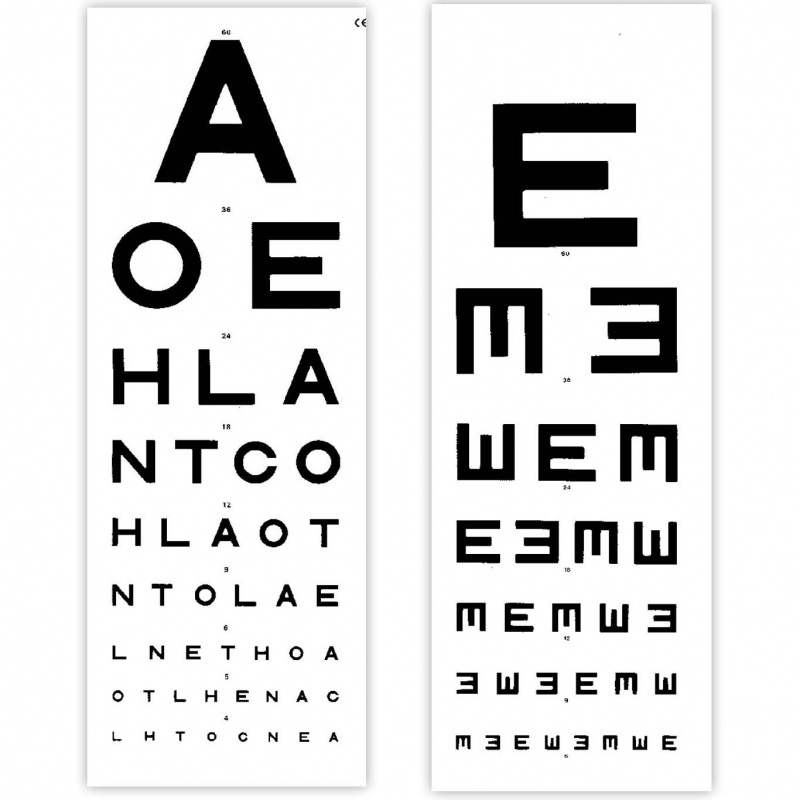
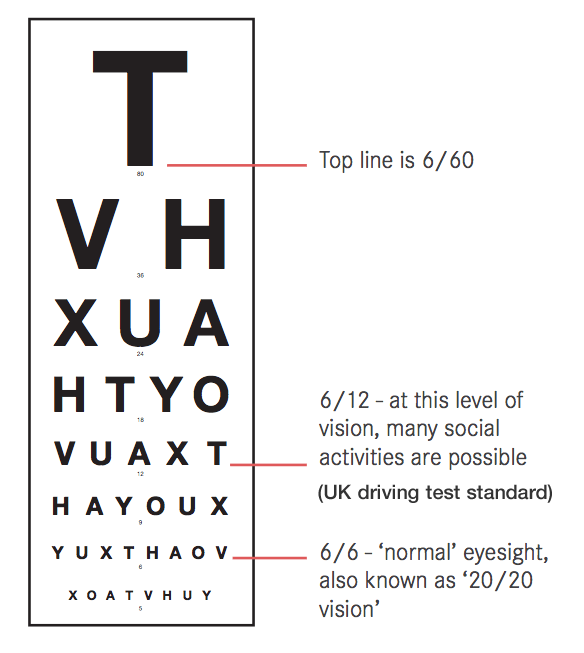


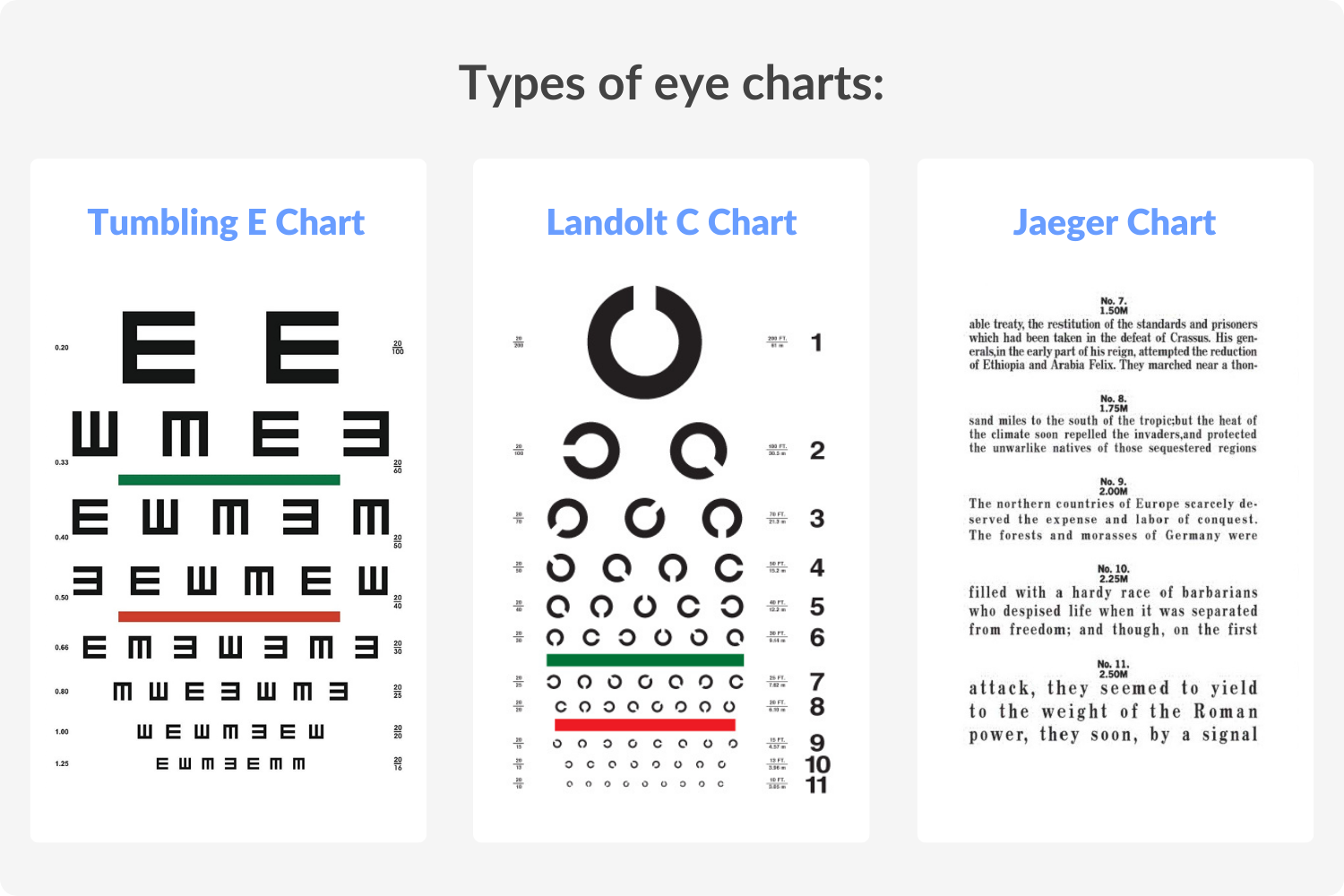

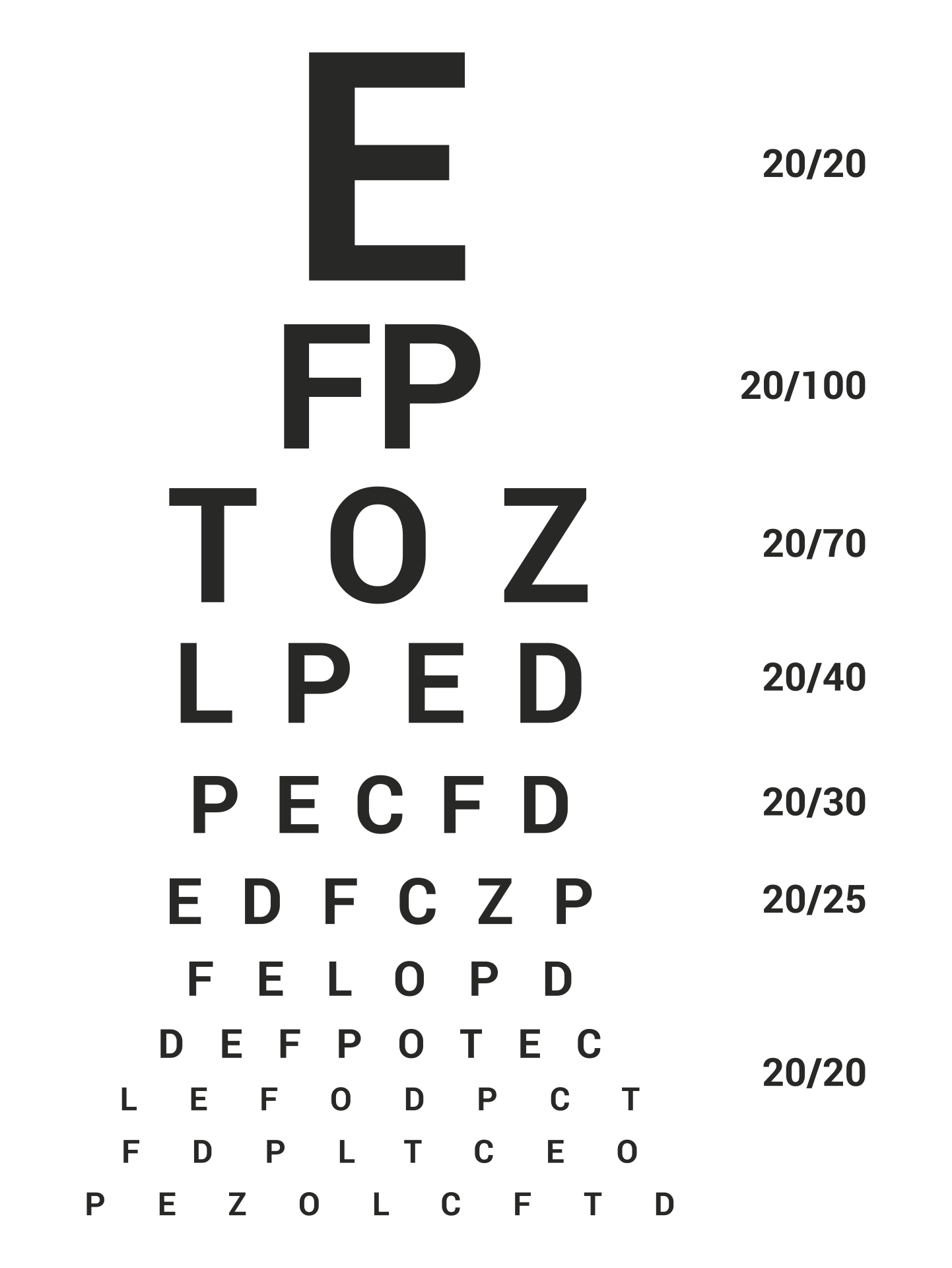


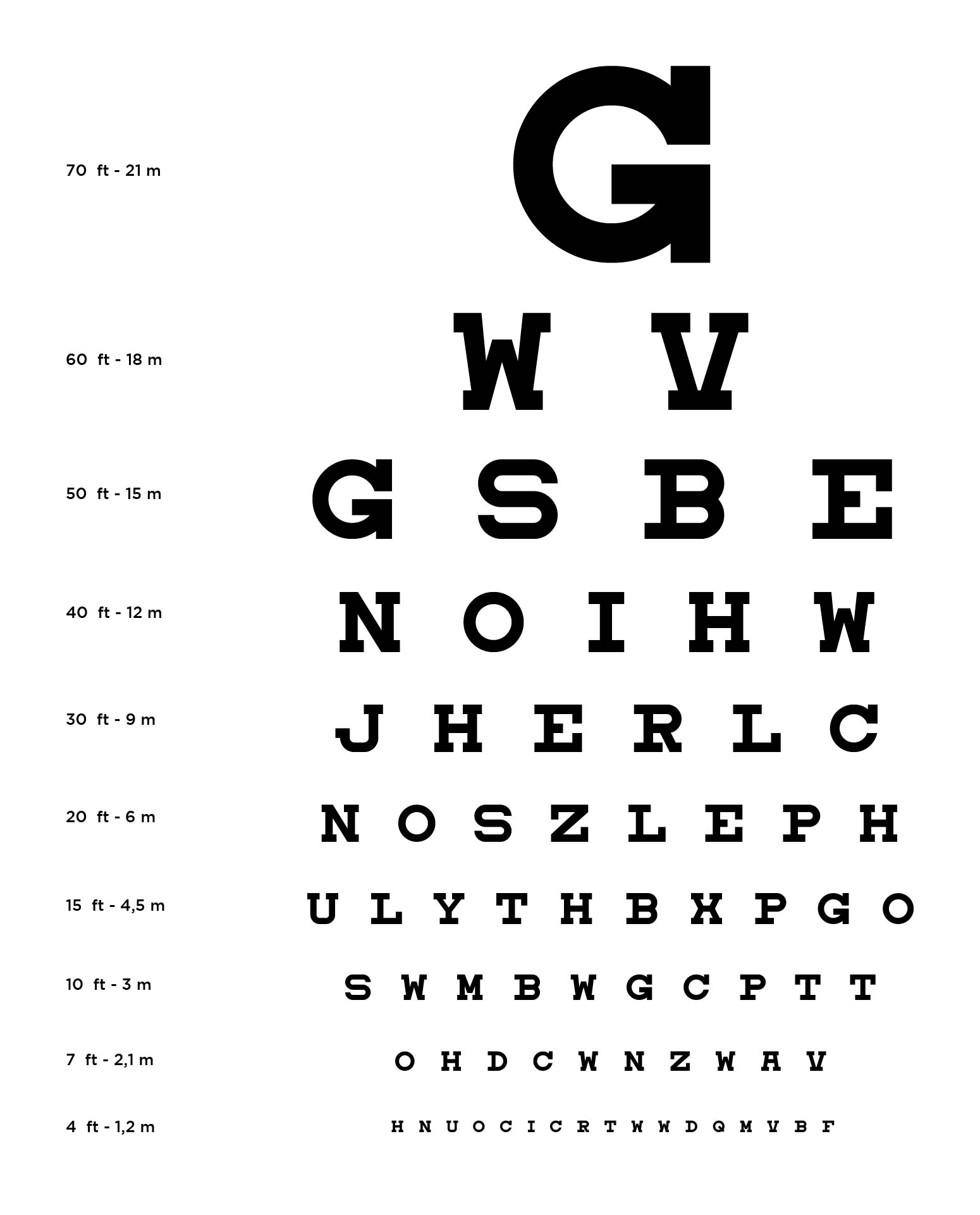

For Example, You Need To Be A Distance Of Twenty Feet To Read Something That A Person With A Normal Vision Could Read From.
For instance, someone with 20/60. An eye chart is the most common diagnostic tool for visual acuity. The chart should be hung in an area where it is not affected by.
The Eye Chart Is Generally Viewed From A Distance Of 6 Meters (20 Feet).
The top letter e (in the eye chart, below) should be almost 3 1/2 inches (88.7 millimeters) tall. To interpret your reading, it helps to think of the numbers in feet. One should hang the snellen eye chart at a distance of 20 feet or 6 meters from the point where you sit or stand to read the chart.
The Jaeger Eye Chart (Or Jaeger Card) Is Used To Test And Document Near Visual Acuity At A Normal Reading Distance.
There is no better way to test visual acuity and diagnose. The results of an eye chart exam are based on a reading distance of 20 feet. The matching height is required to determine the real size.
Leave a Reply